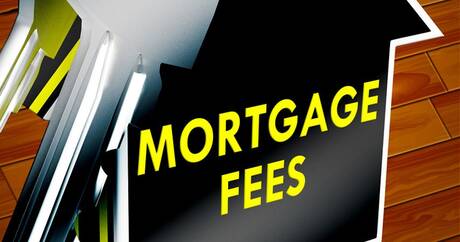The limit of LTV depends on the quantity of the sought and divided into different slabs. The LTV for the loan ranging between Rs 30 lakhs and Rs 75 lakhs is 80 percent. The RBI has allowed up to 90 percent LTV if the home loan is up to Rs 30 lakhs. For loan higher than Rs 75 lakhs, the borrower can get a maximum LTV of 75 percent. Factors like the age of the applicant, his or her credit score, and total liabilities of the applicants also affect the LTV ratio for the loan applicants. As mentioned earlier a higher LTV means the borrower will end up paying a higher amount to the lender in the form of higher EMIs.
Hence expert advice that if the borrower can arrange for sufficient funds they should try paying a higher down payment as then it will be less stressful for them to repay. Also if the borrower has excess funds then they should use those funds to close the loan early.
But how much LTV the borrower should look for? Usually, the buyer checks their own finances first before buying a property and then the shortfall of money he or she handles through a home loan. Experts advise that if the borrower does not have enough savings then he or she should go for a higher LTV. But the borrower should always analyse all the options carefully, calculate EMI before taking the decision.
However, the buyers should know about the factors that determine their home loan eligibility which includes income of the borrower. Higher the income, the banks would be willing to lend you more. Borrower’s age plays a crucial role as it is connected with the eligibility for the loan. Most of the banks have 60 years as their cut-off period to repay the loan. Hence higher the age means lesser period to repay the loan.
Then the borrower must have a good credit history and score as then the lender will agree to give you a better LTV. Moreover, the lenders also calculate the ratio of total current debt to the total current income. If the borrower has taken too many loans then he or she will get the lower home loan amount.







